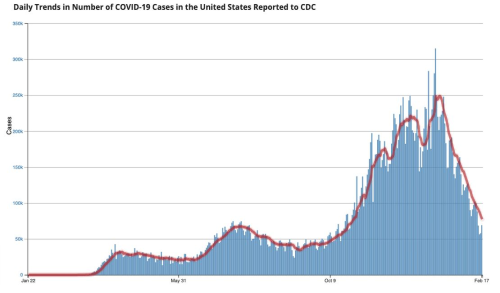DNA tests of 800-year-old gravesite in Kyrgyzstan suggest that region was source of Black Death
Based on DNA tests of several 800-year-old graves in northern Kyrgyzstan near Lake Issyk Kul, it appears that the Black Death that first appeared in Europe in the 1300s and killed as much as half its population came from this region initially.
Working with Slavin and Russian collaborators including Valeri Khartanovich of the Peter the Great Museum of Anthropology and Ethnography, where the Issyk Kul skulls were stored, Spyrou extracted DNA from the pulp of seven individuals’ teeth and found three were infected with Y. pestis. She was able to reconstruct a high-quality genome of the ancient strain that killed them. That strain “fell exactly on the origin point of that big bang event” in the evolution of Y. pestis, Spyrou says. “That was incredibly exciting.”
The strain was closely related to ones found in rodents near Issyk Kul today. The authors suggest it spilled over to humans, perhaps from a marmot, which are abundant in the Tian Shan mountain region of northern Kyrgyzstan, southern Kazakhstan, and northwestern China.
What is fascinating most about this discovery is that we actually have the names of some of the Black Death’s first victims, read from their tombstones: ““This is the tomb of the believer Sanmaq. [He] died of pestilence.”
Based on DNA tests of several 800-year-old graves in northern Kyrgyzstan near Lake Issyk Kul, it appears that the Black Death that first appeared in Europe in the 1300s and killed as much as half its population came from this region initially.
Working with Slavin and Russian collaborators including Valeri Khartanovich of the Peter the Great Museum of Anthropology and Ethnography, where the Issyk Kul skulls were stored, Spyrou extracted DNA from the pulp of seven individuals’ teeth and found three were infected with Y. pestis. She was able to reconstruct a high-quality genome of the ancient strain that killed them. That strain “fell exactly on the origin point of that big bang event” in the evolution of Y. pestis, Spyrou says. “That was incredibly exciting.”
The strain was closely related to ones found in rodents near Issyk Kul today. The authors suggest it spilled over to humans, perhaps from a marmot, which are abundant in the Tian Shan mountain region of northern Kyrgyzstan, southern Kazakhstan, and northwestern China.
What is fascinating most about this discovery is that we actually have the names of some of the Black Death’s first victims, read from their tombstones: ““This is the tomb of the believer Sanmaq. [He] died of pestilence.”


